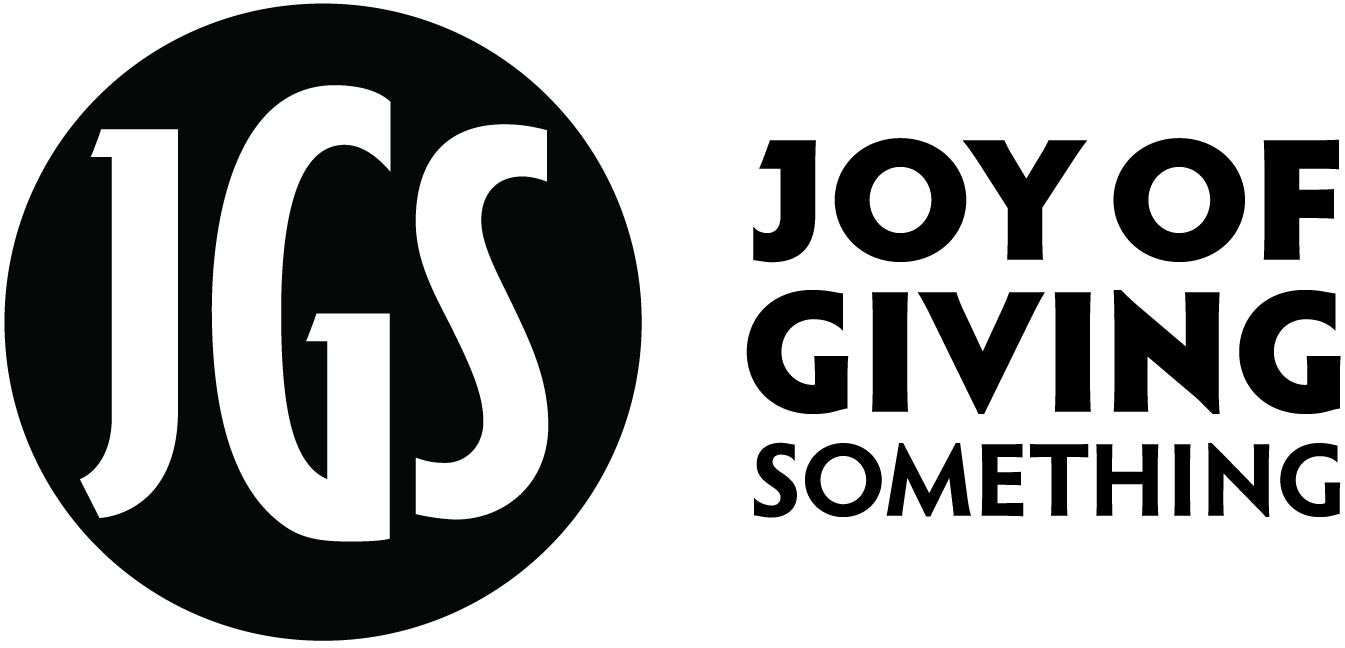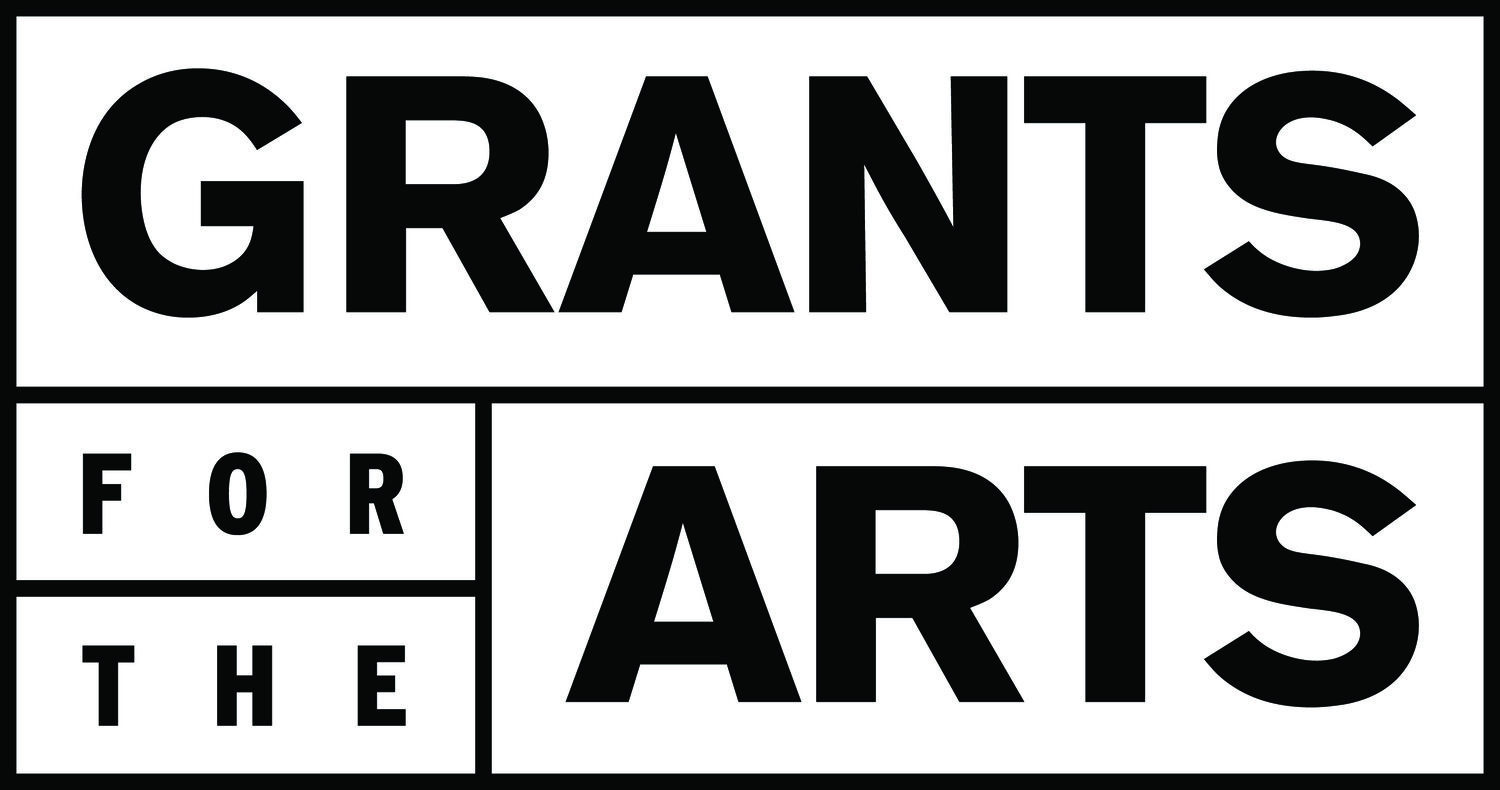Allan Sekula Against the Grain
By Roula Seikaly
“The question isn’t who is going to let me;
it’s who is going to stop me.” — Ayn Rand
One of the best pieces of advice I’ve received as a writer is tobegin each project, a critical essay or a review, for example, with a question. Operating in the interrogatory mode isn’t easy, largely because if answers arrive, it is often long after the initial inquiry is undertaken and rarely offers tidy or desirable solutions. For Allan Sekula, the esteemed photographer and passionate social justice agitator who passed away in August after a two-year struggle with cancer, posing questions formed the core of a multifaceted creative practice that was honed over forty years. His curiosity was both wide and deep, spurring the examination of numerous issues raised by the medium, its history, and current application, including photography as an agent of social control and the limitations of documentary practice that prioritize the singular image.
Sekula was born in Erie, Pennsylvania in 1951, one of five children raised by a homemaker and a chemical engineer. In the early 1960s, Sekula’s family relocated to San Pedro, known as an industrial shipping port that services Los Angeles and greater environs. It was against a backdrop of maritime culture and history that a clutch of interrelated concerns—particularly labor and problems of representation within a capitalist economic system—that his artistic and critical practice was shaped.
He left California after earning both a BFA and MFA from the University of California San Diego, teaching first at New York University and then Ohio State University before accepting a faculty position at California Institute of Arts (CalArts). From that insider’s position, Sekula critiqued photography and the circumstances of its production and consumption, doggedly exposing both who was not represented—women, laborers, minorities—and the institutional structures that reinforce deeply embedded cultural biases. Seminal works that span multiple media including long form series (Aerospace Folktales, 1973; School as a Factory, 1980; War Without Bodies, 1991/96), critical texts (“Photography Against the Grain: Essays and Photo Works 1973- 1983”; “The Body and the Archive”; “Debating Occupy”) and film ( The Forgotten Space, 2012) demonstrate that there wasn’t anything about the medium that didn’t interest Sekula, unless it was the sentimental, uncritical, wholesale identification of photography as a neutral artistic medium and little else.
The impetus that drove Sekula, one based solidly in Marxist theory, could not be more divergent from that of Ayn Rand, whose quotation introduces this essay. Where she urged a hands- off, “every man for himself” social and economic model, Sekula argued passionately for a collective model of progress, one that prioritized middle- and lower-middle-class contributions even as their influence shrank in the last decades of the 20th century. What they did share was distaste for authoritarian socio-political structures, and the near compulsion to advance unpopular ideas in the face of angry rebuttals.
Following his death, Sekula was memorialized by a broad segment of the international creative community, and it is through these remembrances and in the critique of his detractors that the influence of his life’s work becomes evident. Writing for the collaborative online art magazine East of Borneo on August 11, 2013 the day after Sekula’s death, artist and Dean of CalArts Thomas Lawson articulated the strength of Sekula’s writing and photographic practice, and how one did not, could not, function without the other and the all but mundane subjects that drew his sustained his attention:
“As a writer, Allan described with great clarity and passion what photography can, and must do: document the facts of social relations while opening a more metaphoric space to allow viewers the idea that things could be different. And as a photographer he set out to do just that. He laid bare the ugliness of exploitation, but showed us the beauty of the ordinary; of ordinary, working people in ordinary, unremarkable places doing ordinary, everyday things. And, like the rigorous old-style leftist that he was, he infused that beauty with a deep sense of morality.”
Lawson admiringly calls Sekula “an old-style leftist,” referencing a life-long adherence to Marxism that, even as his health waned, Sekula closely followed the financial meltdown that unfolded across world markets beginning in 2008 and spurred a vibrant grassroots protest movement. Brian Boucher, online editor for the magazine Art in America, cites his contribution to the collectively authored article “Debating Occupy,” featured in the June/July 2012 politically themed issue of Art in America, and the myopic view held by art world elite:
“The ‘art world’ is a small sector of culture in general, but an important one. It is, among other things, the illuminated luxury- goods tip of the commodity iceberg. The art world is the most complicit fabrication workshop for the compensatory dreams of financial elites who have nothing else to dream about but a ‘subjectivity’ they have successfully killed within themselves.”
Sekula’s admirers included, in addition to Lawson and Boucher, curator and University of Pittsburgh professor Terry Smith, whose moving obituary on the Critical Inquiry blog (August 15, 2013) noted his ability to portray the inextricable bond between labor and material culture, clearly and without resorting to romantic stereotypes, and to encourage his audiences to question for whom that work is performed and to what end.
Though the list of his admirers is certainly long, Sekula was not without detractors. Over the course of three decades, Sekula and the generation of artists and critics that includes Roland Barthes, Victor Bergin, John Tagg, Susan Sontag, Rosalind Krauss, Andy Grundberg, Martha Rosler, Abigail Solomon-Godeau, and Carol Squiers, were accused of actively hating photography, despite their intimate knowledge of and work within the medium.
In his Critical Inquiry entry, Terry Smith outlines how Sekula pushed against the narrow definition of social documentary practice in photography, as established in the work of social reform advocate Lewis Hine and then reinforced by the Farm Security Administration project and its participants. Specifically, Sekula, and his contemporary artist peers Rosler and Phil Steinmetz, challenged the primacy of the single photograph to convey the importance of the social and economic circumstances, insisting instead that it is the combination of image and text that most effectively presents the issues at hand.
Sekula and his contemporaries were not content to accept photography as a conceptual medium, or that its evolution necessarily meant movement away from the documentary mode in favor of purely aesthetic concerns. They recognized that this designation fell far short of the “political modernism” advanced by philosophers Fredric Jameson and Herbert Marcuse, whose presence at the University of California San Diego heavily influenced Sekula’s philosophical grounding and creative practice beginning in the 1970s.
Criticism of Sekula’s anti-establishment stance continued throughout his career. As recently as 2010, his so-called “outlier” beliefs were neatly encapsulated as a foil against which the ardent defense of photography as a medium that does not require interpretation (raising the tired adage “a picture is worth a thousand words’) was set. In the introductory chapter to her book The Cruel Radiance (University of Chicago Press, 2010) writer Susie Linfield stridently defends photography, particularly its power to capture and convey political violence in the photo-essayistic form popularized by Life and Look magazines beginning in the mid- 1930s. She takes issue with Sekula and others who questioned the function or role of the photographer and the image, arguing the familiar line that without photographs to convey a host of moral failings, audiences are left without a more complete story. Ultimately, Linfield’s argument is admirable, but shortsighted. Criticism of photography and the means by which it is produced, disseminated, and consumed is not a sign of hating the medium. Rather, and by Sekula’s able delivery, it is an indicator that the rigorous and absolutely vital critical analysis that was waged in opposition to the market acceptance of photography as a commodity starting in the 1970s is alive and well and must be sustained.
A useful example of Sekula’s thinking and approach to the possibilities of photographic representation is captured in his May 21, 1985 lecture at San Francisco Camerawork. His straightforward talk considers the collaborative work of Canadian artists Carol Condé and Karl Beveridge and then his own, outlining similarities and differences between their work in terms of subject matter and execution. Sekula places particular emphasis on work arranged by sequenced, relational images in conveying meaning, and resisting the postmodern construction of the singular, authoritative, commoditized photograph. Unsatisfied with what philosopher Walter Benjamin referred to as the “cult” value of art and the spectatorial opportunity exhibitions offer, Sekula instead focuses on the informative, discursive potential of the photographic image. He argues, passionately but with a tempered voice, for the long form photographic project, one informed by thorough research, discussion with his subjects about how their experiences should be portrayed (as opposed to photographers or photojournalists projecting meaning onto the subject from an authorial position), and what implications may be gleaned from such work. Sekula adhered closely to a social documentary practice, not framing his work or subjects within a fictive context, but instead positioning pairs or groups of images in which the stories unfold. In this way, as Sekula states, his work bears greater structural resemblance to cinema and literature, two media forms with which he was deeply versed.
As this 28-year old lecture proves, Sekula posed more questions than he answered, as was his way and the way of all philosophers. What is the function of the photograph? More pointedly, what are we overlooking in a world so unavoidably saturated with imagery? Do we possess the individual and collective will to see the injustices that surround us? These are questions posed and acted upon by Sekula, and it remains to be seen who will pick up where he left off. At a time when the quick consumption of images via multiple platforms including Instagram, Facebook, Twitter, Tumblr and cell phone imagery is the norm, what is the use and/ or value of the long form project promoted by Sekula? The value, without equivocation, is that a single image captured during the US-led wars in Afghanistan or Iraq, or struggles for freedom in Syria or Egypt or any country where political strife and human destruction rule the day, is not enough. We should be prepared to think critically. This is Sekula’s lasting gift.
1. Thomas Lawson, “Allan Sekula, 1951-2013” East of Borneo, August 11, 2013 http://www.eastofborneo.org/archives/allan-sekula-1951-2013 (Accessed September 28, 2013)
2. Allan Sekula, “Debating Occupy,” quoted in Brian Boucher “Allan Sekula, 1951-2013” Art in America, August 12, 2013 http://www.artina-mericamagazine.com/news-features/news/allan-sekula-1951-2013 (Accessed October 4, 2013)
3. Terry Smith, “Allan Sekula, 1951-2013” Critical Inquiry, August 14, 2013 http://critinq.wordpress.com/2013/08/15/allan-sekula (Accessed October 4, 2013)
4. Ibid
5. Walter Benjamin, The Work of Art in the Age of its Technological Reproducibility and other Writings on Media. Cambridge, Massachusetts and London: Harvard University Press, 2008: 20 Roula Seikaly is a curator and writer based in San Francisco. Her recent curatorial projects include Strictly Vinyl at StoreFront Labs and On Apology at the CCA Wattis Institute for Contemporary Arts. She is a regular contributor to KQED, Art Practical, and Moholy Ground Projects.





